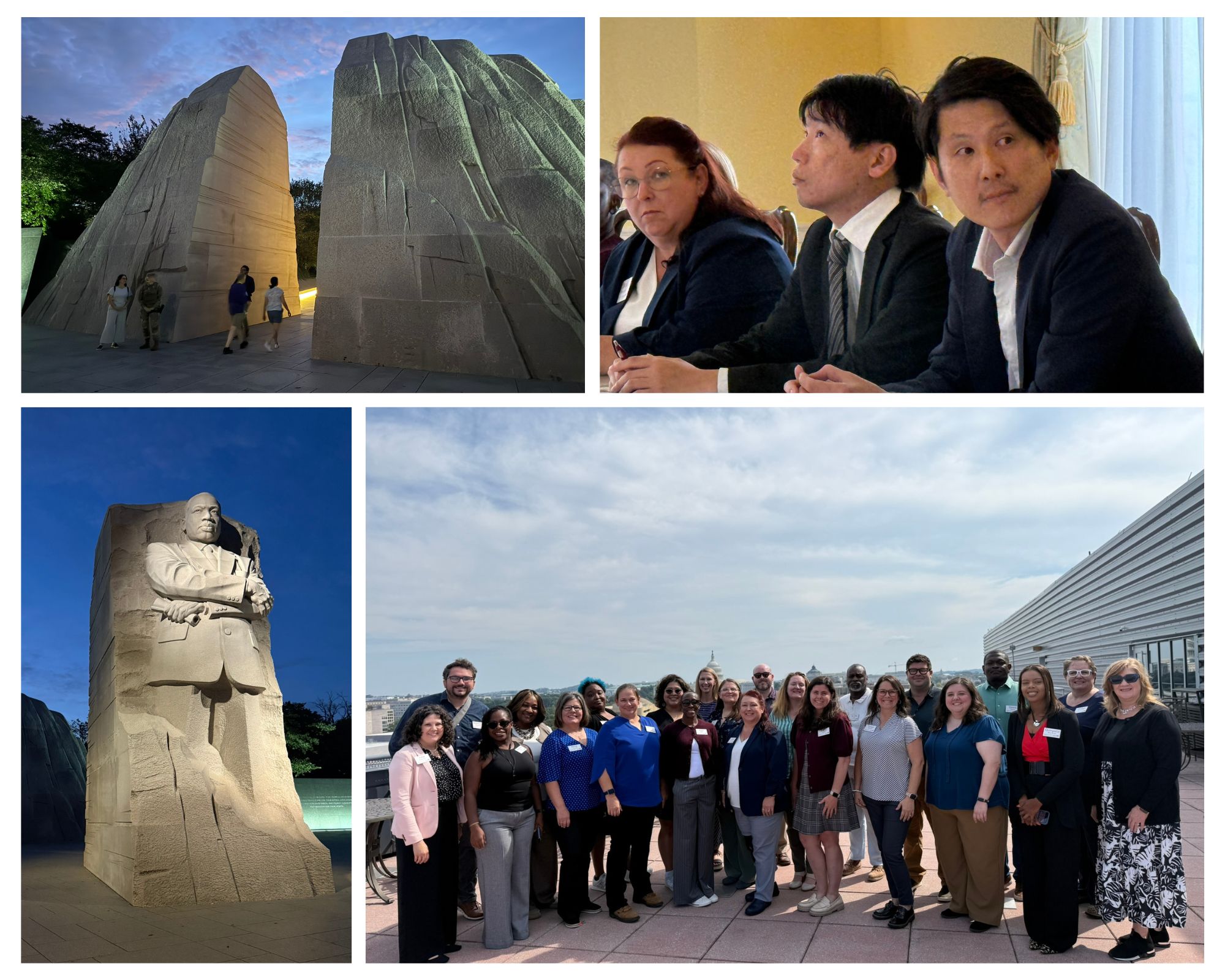Posts
Contact
Lisa Davis
Program Associate-Leadership
Phone: 501-671-2260
Email: ldavis@uada.edu
University of Arkansas System Division of Agriculture
Cooperative Extension Service
2301 S. University Avenue
Little Rock, AR 72204
LeadAR National Study Tour—Day 2
 "Traveling—it leaves you speechless, then turns you into a storyteller." This quote
by Anthony Bourdain profoundly highlights the second day of the National Study Tour.
I will do my best to capture day two, which will hopefully leave a lasting impression
on the readers. After returning home, I was met with the question, how was D.C.?
I am inspired to share my time in capital city as an iconic, memorable, educational
and cultural experience.
"Traveling—it leaves you speechless, then turns you into a storyteller." This quote
by Anthony Bourdain profoundly highlights the second day of the National Study Tour.
I will do my best to capture day two, which will hopefully leave a lasting impression
on the readers. After returning home, I was met with the question, how was D.C.?
I am inspired to share my time in capital city as an iconic, memorable, educational
and cultural experience.
Undoubtedly, D.C. is home to some of the most recognizable landmarks in the world, including the U.S. Capitol – the seat of the U.S. Congress; the Lincoln Memorial – a tribute to Abraham Lincoln with its grand statue and inspiring inscriptions; and the Washington Monument – a towering obelisk honoring the first U.S. president.
D.C. is the epicenter of American politics; subsequently, we were educated regarding advocacy, the Farm Bill, the Big Beautiful Bill, received media training, and visited the Japanese Embassy. Each of these topics was important, but media training was special because it builds confidence and teaches clear and concise message delivery. The weather was characterized by mild, crisp autumn conditions, with average highs in the low 70s and lows in the mid-to-high 50s, which was not quite conducive to sweater weather.
D.C. boasts a rich and diverse cultural scene, featuring world-class museums like the National Mall with its free collections, vibrant performing arts venues, and more, contrary to my normal cultural scene. I have visited D.C. numerous times; however, this time was different and more memorable.
Visiting the Martin Luther King, Jr. Memorial was a bucket list item. This moment was special because it captures the unwavering faith, strength and leadership of our nation’s greatest civil rights leader through two massive granite structures – the “Stone of Hope,” hewn from the “Mountain of Despair," representing the overwhelming obstacles and injustices faced by African Americans during the struggle for civil rights. Hurrying through the gap in the Mountain of Despair to the Stone of Hope, I experienced a symbolic journey from struggle to optimism, hopelessness to empowerment, and beauty for ashes.